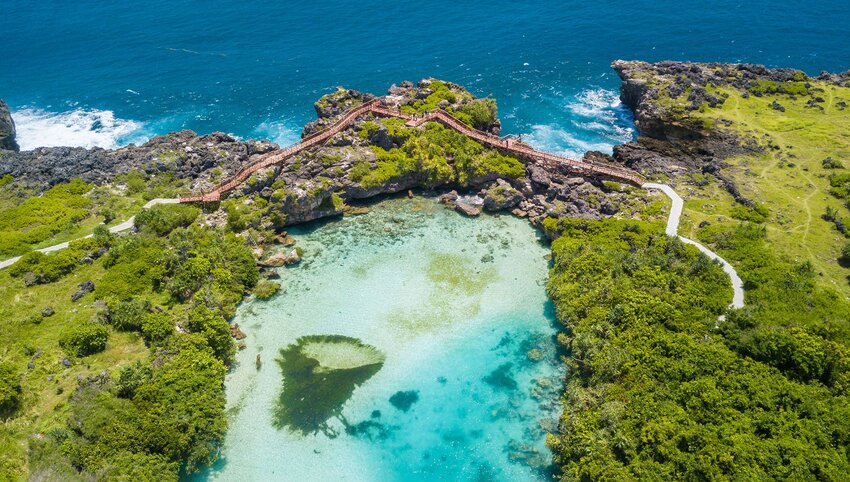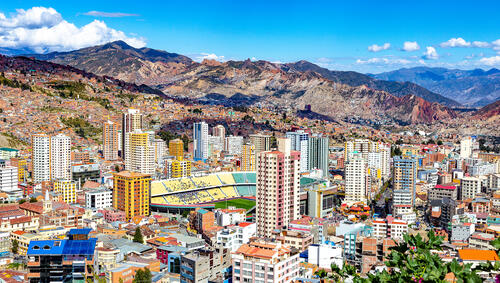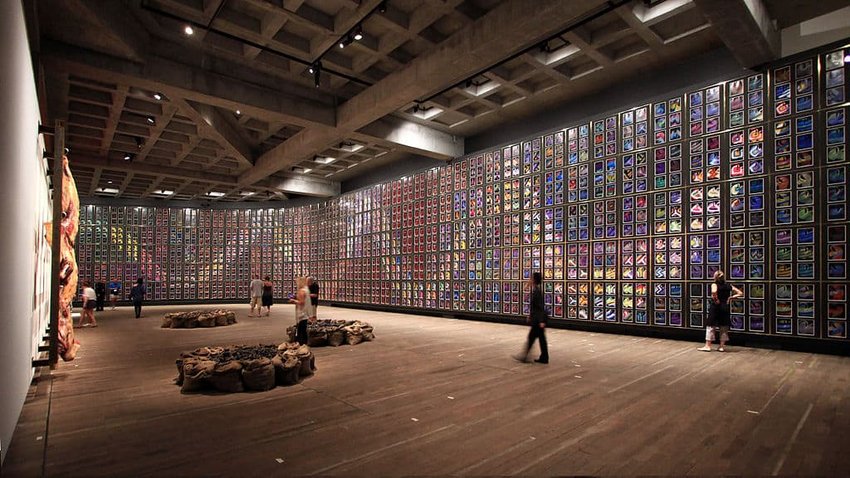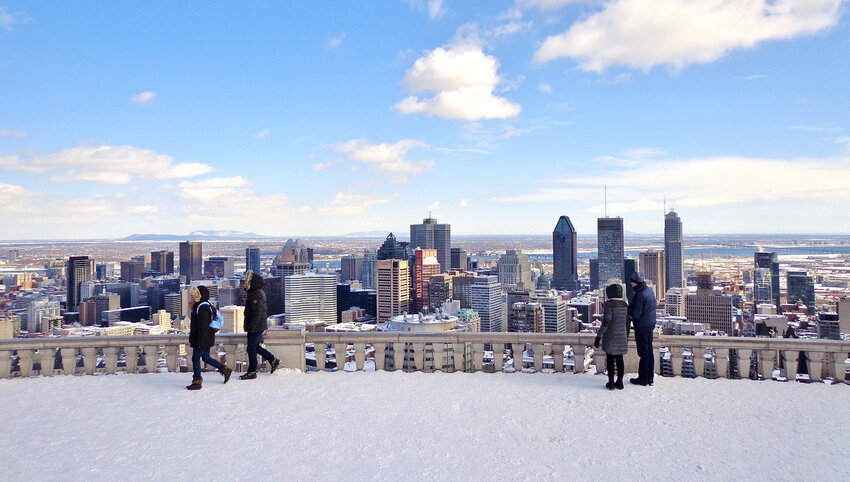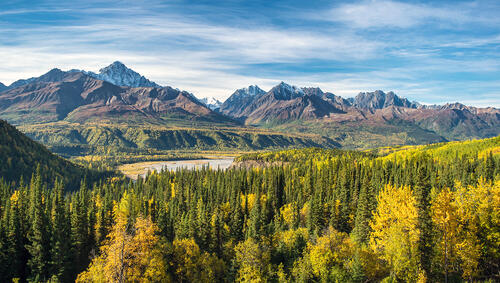When you think about tropical islands, Bora Bora, the Maldives, Seychelles, Maui, or Bali might come to mind. There’s no denying that these destinations are some of the world’s most beautiful islands, but they certainly aren’t the only ones worth visiting.
With some 45,000 tropical islands scattered across the planet, there are many you’ve probably never heard about. Why not choose one of them for your next exotic escape? It’s the perfect way to avoid bumping elbows with photo-snapping tourists while immersing yourself in tranquil nature and perhaps getting to know a rich and unique culture. From one of the world’s smallest countries to remote island territories, these “secret” islands need to be on your must-visit list.
Bequia, Saint Vincent and the Grenadines
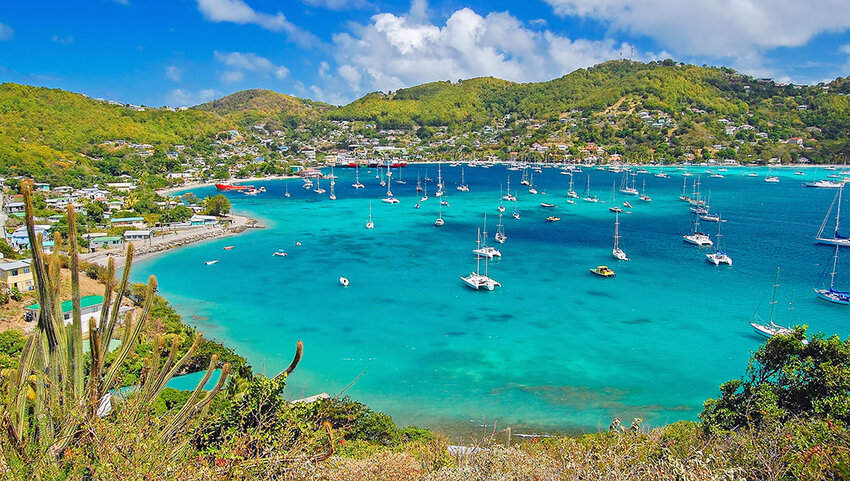
It’s rare to come across an island in the Caribbean that you’ve never heard of, but this might be it. As the largest of the 30 islands in the Grenadines, Bequia, pronounced BECK-way, is just seven square miles in size with one side of the island firmly in the Caribbean and the other skirting the Atlantic. Take to the seas like the whalers of old, explore the ecoresort turned nature preserve at Moonhole, or just lounge on a beach, cocktail in hand. What Bequia lacks in typical Caribbean style it more than makes up for by marching to the beat of its own, unique, drum.
Unlike other Caribbean islands, Bequia retains much of its tropical charm, shunning the typical Caribbean trappings of inclusive resorts and party cruises. Better yet, it has some of the best diving in the Caribbean Sea.
Rodrigues Island, Mauritius
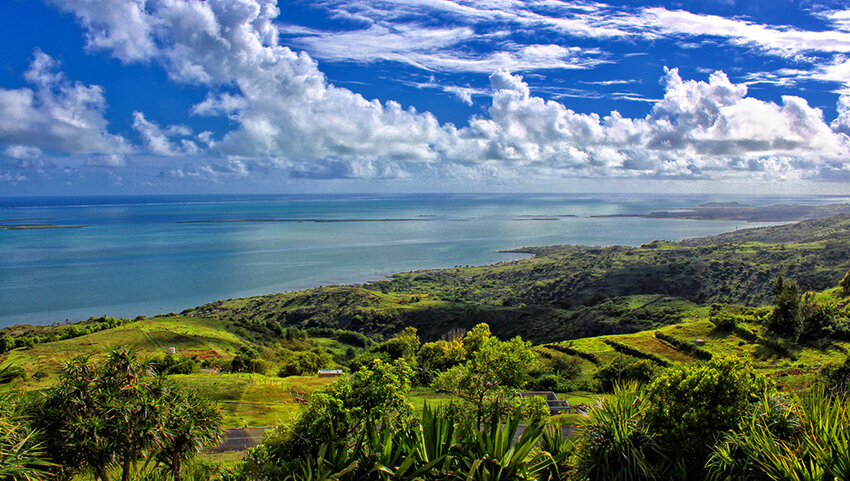
Rodrigues might sound like a mythological isle come to life. Set in the Indian Ocean, it’s one of the most remote inhabited islands in the world, a full 350 miles from Mauritius. Rodrigues’ culture comes from a mix of French, English, and African heritage that plays out in both the cuisine and traditions. While it could be said that this island was never meant to be inhabited, its abundant vegetation and thriving animal life would beg to differ. The tropical volcanic island is home to massive tortoises that rival the Galapagos, and aquamarine lagoons, and a population of just 41,000 people.
Like most of these islands, Rodrigues is not easy to get to. You’ll need to take a plane from Mauritius or a cargo ship that also doubles as a passenger ferry. Either way, visiting one of the most remote inhabited islands in the world is sure to be an adventure. Whatever you do, don’t miss the chance to try local octopus - a specialty of Rodrigues.
Niue
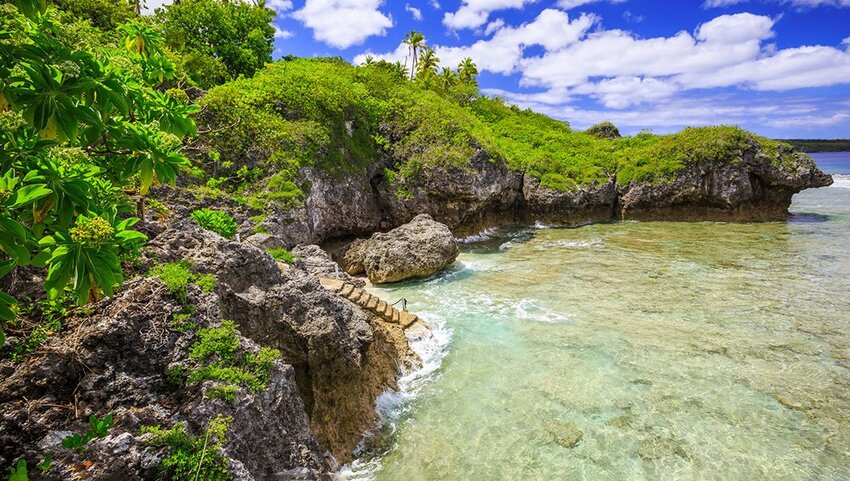
An island state in the South Pacific, Niue is a 101-square-mile island set about 1,500 miles northeast of New Zealand. It has no direct neighbors and it’s one of the world’s smallest nations, about 1.5 times the size of Washington, D.C., yet it’s the largest raised coral atoll on Earth. Sparsely populated with minimal tourist infrastructure, it’s the kind of place where you can fulfill a Robinson Crusoe fantasy. It’s filled with secluded beaches and caves, some of which have never been explored.
For whale lovers, there are few better places to go than Niue. As the water is very deep close to the shore, during the humpback whale migration time, the animals swim just 65 feet from the coast. At night, you can hear their tails slapping and by day, you can jump in and swim right alongside them.
Lady Elliot Island, Australia
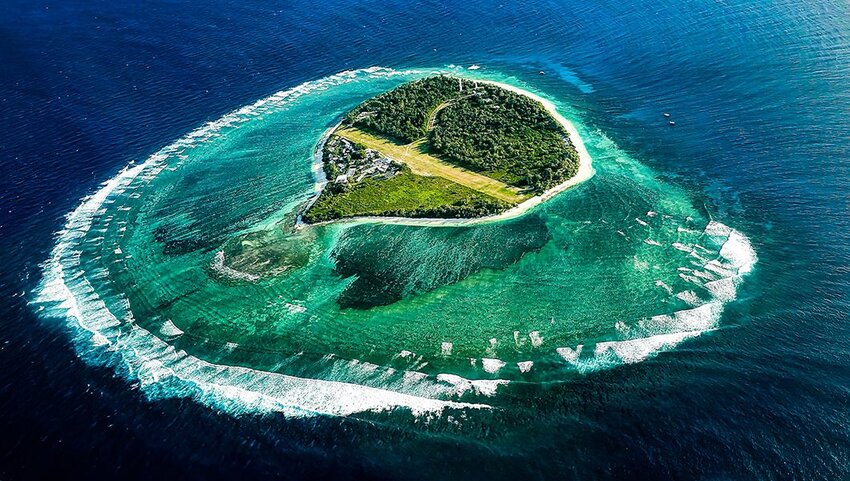
One of the southernmost islands of the Great Barrier Reef in Australia, Lady Elliot Island is a diver’s paradise with 45 different dive sites. It’s renowned for its large population of manta rays and sea turtles with over 1,200 species of marine life along with vibrant coral, and countless seabirds. Non-divers can enjoy some of the world’s best snorkeling, glass-bottom boat tours, and exploring the island on foot via two different walking trails. From February through April, there are turtle tours that will bring you to watch newly hatched baby turtles make their way to the water.
Lady Elliot can only be reached by plane, with flights departing daily from Bundaberg, the Gold Coast, Brisbane, and Hervey Bay on the Fraser Coast. Overnights are possible at the island’s one resort, Lady Elliot Island Eco Resort, which offers an eco-friendly stay with no TVs, radios, or telephones, giving you the perfect excuse to disconnect and enjoy some peace and quiet.
Fernando de Noronha, Brazil
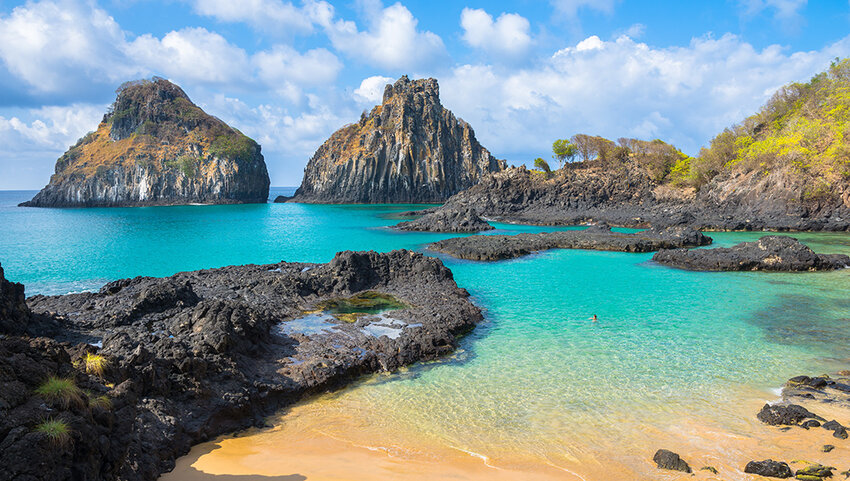
Located 271 miles off South America’s coast, Fernando de Noronha was originally uninhabited but is quickly becoming popular with Brazilian travelers. The island is known for its unique geologic features, like Morro de Pico, the island's highest mountain which can be seen from Praia do Meio Beach. Baía dos Porcos shows off more captivating rock formations like the Mirante dos Dois Irmãos, two rocky peaks sprouting straight from the ocean.
The island has had many lives since humans arrived, including as a temporary pirate’s residence, the muse of Charles Darwin, and even a prison. Today it’s been designated both a natural marine park (for over 70% of the island) and a UNESCO World Heritage Site thanks to its plentiful marine life. Both Hawksbill and Green Sea Turtles breed on the island, and several of the beaches close so that turtles can lay their eggs in peace.
Tsarabanjina Island, Madagascar
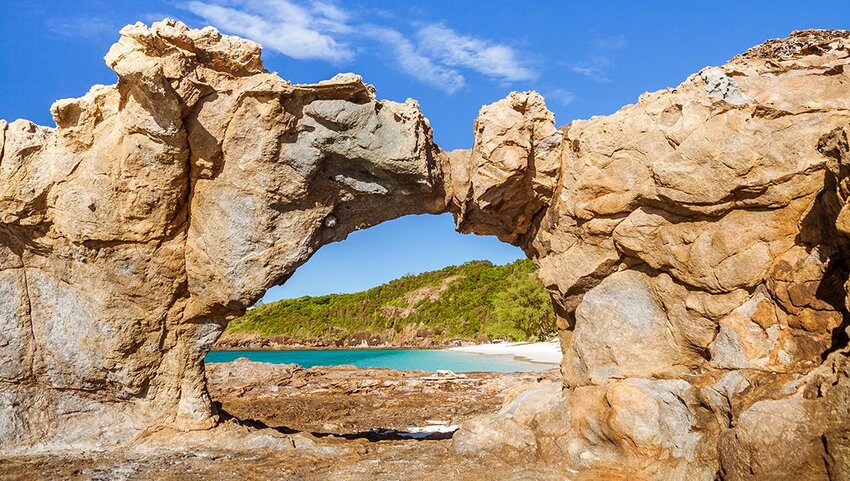
It’s not easy to get to and its name is not exactly easy to pronounce, but Tsarabanjina is a standout island to remember. Located northwest of Madagascar, the island is completely isolated from the African mainland. That isolation has allowed wildlife to thrive, bringing the opportunity for visitors to view creatures that can’t be found anywhere else on the planet, including the world’s smallest chameleon, just over a half-inch long when fully grown.
The few who have heard about Tsarabanjina probably saw it onscreen in the 1994 BBC documentary, “Girl Friday.” The uninhabited island is home to a single resort, Constance Tsarabanjina, which hosts 25 thatched villa bungalows nestled in the jungle. They overlook powdery soft sands and unspoiled reefs with warm, pale blue waters. Getting here is an adventure itself, requiring a chartered boat across the open sea, adding to the sense of being a castaway washed up onto an untouched island of your fantasies.
Huahine Island, French Polynesia
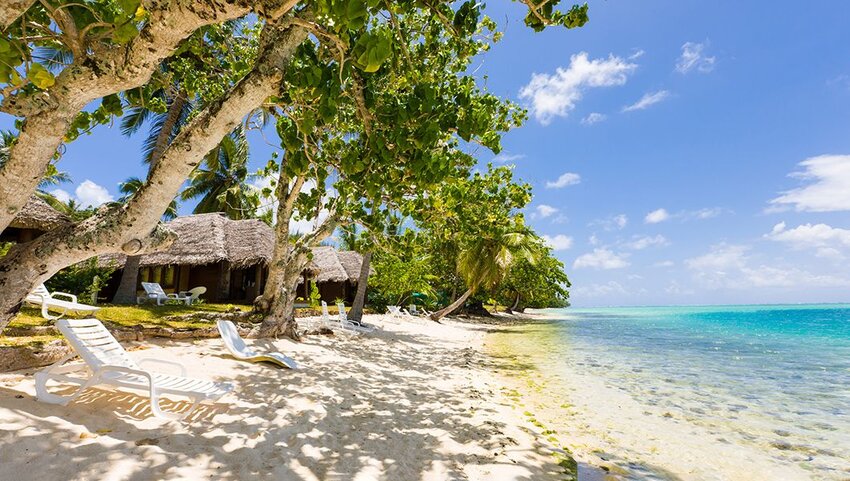
French Polynesian islands like Bora Bora and Moorea have long been famous honeymoon destinations, but there are plenty islands nearby that are just as stunning yet attract just a handful of visitors, including Huahine. Accessed via a 40-minute flight from Tahiti, Huahine is actually made up of two islands with untouched forests that are surrounded by a crystal-clear lagoon with colorful fish. Sometimes referred to as the real-life Garden of Eden, it offers the relaxed, laid-back pace of old Polynesia with friendly locals, postcard-perfect white sandy beaches, vanilla orchids, coconut plantations, banana groves, and watermelon fields. Hidden throughout the dense jungle is a culturally preserved sanctuary with sacred temples.
Lord Howe Island, Australia
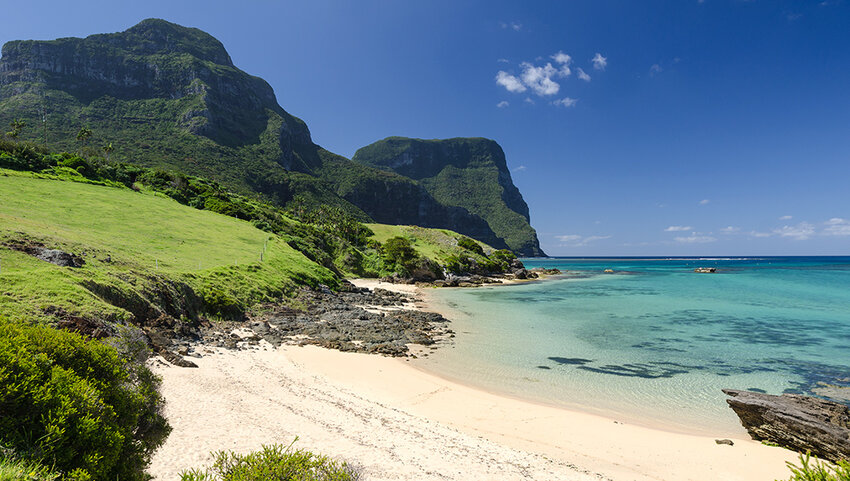
Far-flung in the Tasman Sea, Lord Howe Island is a volcanic island sandwiched between Australia and New Zealand. Despite being named one of National Geographic’s “Best of the World” destinations, Lord Howe Island remains firmly off the beaten path. There are only 380 permanent residents and no more than 400 visitors are allowed on any given day. But for all its remoteness, Lord Howe still attracts luxury travelers looking for a remote locale with the bragging rights to boot.
Lucky visitors can golf on lush courses, book luxury massages, or stay at the 5-star Capella Lodge. Adventurous travelers can partake in one of the many hikes that crisscross the island in a tangle while kayaking is one of the best ways to explore the myriad of turquoise lagoons. The world’s largest sea stack is just off Lord Howe Islands and provides a striking backdrop for your explorations of the island. Flights to the prehistoric-looking Lord Howe Island are just over two hours from Sydney and leave on a daily basis.
Sumba Island, Indonesia
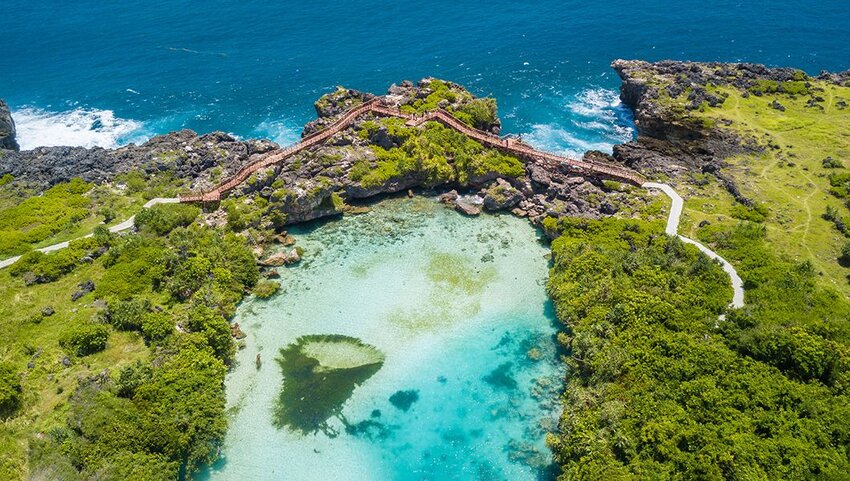
While Bali may be one of the world’s most popular island destinations, an hour’s flight away you’ll find Sumba. The island is twice its size but has a sixth of its population. Sometimes compared to the feel of Bali before its popularity boom several decades ago, as you travel through, you might see men with machetes hanging from their waists and women carrying water on their heads from the river to their villages.
The island still provides glimpses of long-held traditions, including the mock battles between villages with hand-carved spears and swords, while most families still live in traditional huts. In recent years, things have started to change in terms of tourism, yet few have heard of Sumba, other than some of the most avid surfers. After getting word about the island’s legendary breaks in the 1980s, a small group of surfers settled here and eventually, a modest retreat was developed.
Today, NIHI Sumba is one of just a handful of resorts on the island. It not only caters to those who ride the waves but offers opportunities to snorkel, ride horses on pristine beaches, take part in yoga sessions, indulge in spa treatments and even volunteer in local communities. It also gives back to the locals who are some of the most impoverished in the country. Increasing tourism can be a double-edged sword, but the aim is to develop Sumba responsibly by building the economy and providing locals with better access to water and other essentials.
Lifou Island, New Caledonia
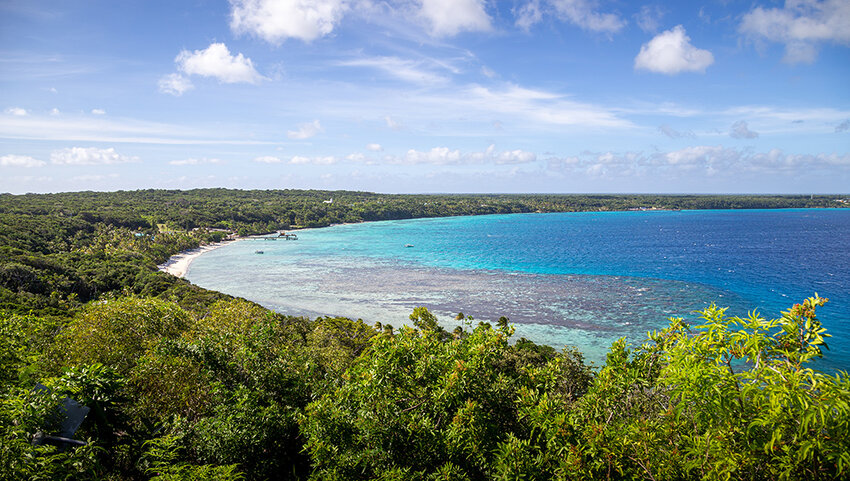
A part of the Loyalty Islands in the French territory of New Caledonia, Lifou Island is mysterious even to the native Kanak people. Its rugged coastline, where jungle meets the azure sea, butts up to the dense interior, thriving with world-renowned vanilla plantations. Unlike other islands on this list, New Caledonia has been inhabited since around 1100 BCE and wasn’t discovered by outsiders until James Cook arrived in 1774.
Partake in traditional cuisine, typically wrapped in banana leaves before being baked over the open fire, or feast on coconut crabs caught straight from the beach. One of the highlights is snorkeling along ivory sand beaches and exploring coral castles that lie just beneath the waves. Make sure to head out to the Jokin Cliffs on the north side of the island for a spectacular example of how varied the landscape is in New Caledonia - and to see its characteristic pine trees.

